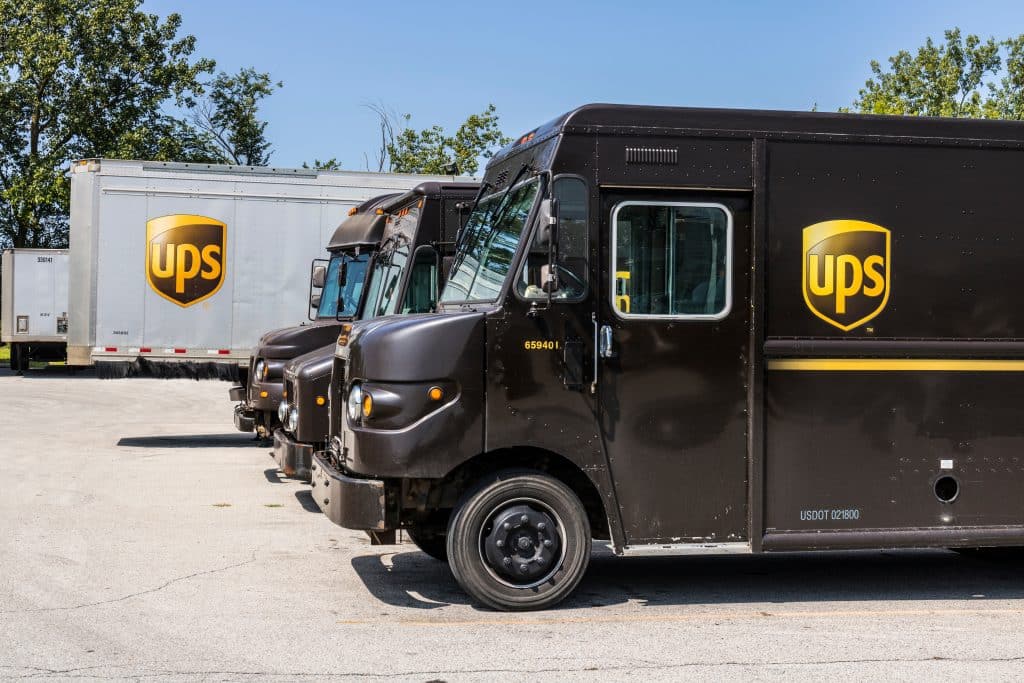
Workers of the US’s largest courier, UPS, narrowly avoided striking on August 1st. It could have had a profound impact on e-commerce.
The International Brotherhood of Teamsters, representing unionized UPS workers, voted to strike if UPS failed to deliver a ‘strong contract’ by July 31st. Thankfully, that’s no longer the case.
According to the Teamsters’ website, members overwhelmingly voted to strike if their demands were unmet. Union workers represent approximately half of all UPS workers.
The planned strike was over cost of living increases and increasing pay for part-time workers. Days before the planned strike, UPS and Teamsters reached a ‘tentative five-year contract,’ which appears to settle these issues.
The last time unionized UPS workers went on a strike was in 1997 for 15 days, and it wreaked havoc across the country, according to an article by Rani Molla of Vox.
Roughly 26 years later, in 2023, the effects of a UPS strike could’ve been far more damaging as companies and consumers now rely considerably more on delivery because of the enormous growth in e-commerce.
It has been suggested that a UPS strike now would be one of the costliest in 100 years. Furthermore, the strike would have come just before back-to-school and holiday shopping seasons began.
Retailers and merchants across the US were growing increasingly concerned about the potential strike, with the Retail Industry Leaders Association (RILA) saying the “uncertainty is like kryptonite for supply chains.”
According to data from Statista, in 2021, UPS was the largest courier company in the US, controlling approximately 37% of the market. In comparison, FedEx, the second largest, controls 33%.
It would have been challenging for other couriers to take on the workload. UPS said it planned to train non-union workers to keep up with the demand, but this might not have helped much.
Furthermore, many couriers, such as FedEx, took cost-cutting measures in the latter half of 2022, and a slump in demand in early 2023 led many logistics companies to lay off employees.
Both would have dented the couriers’ capacity to handle UPS deliveries during a strike.
How Sellercloud Can Help Merchants Mitigate the Chaos
Sellercloud can’t stop strikes but can help merchants work around shipping nightmares.
With certified partnerships with all major couriers—not just UPS, but FedEx, DHL, USPS, and many more—using Sellercloud, merchants can easily change their preferred courier whenever needed.
Plus, Sellercloud offers a wealth of powerful plugins to enhance shipping workflows, calculate and compare shipping rates, generate shipping labels, and ship batch orders all from one interface.
But that’s only the tip of the iceberg. Check out Sellercloud’s shipping features.